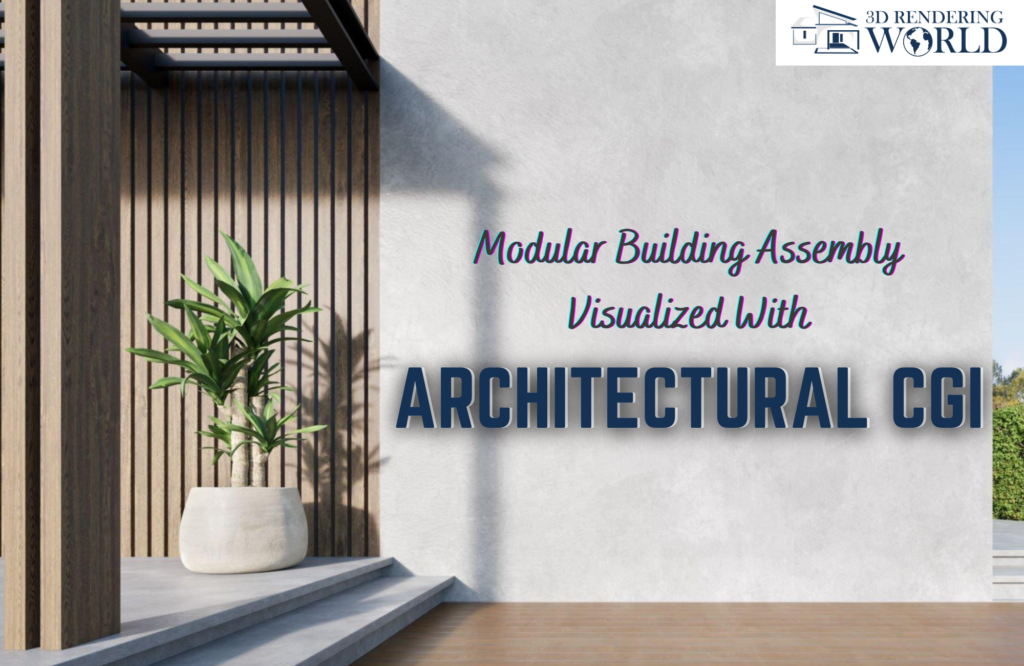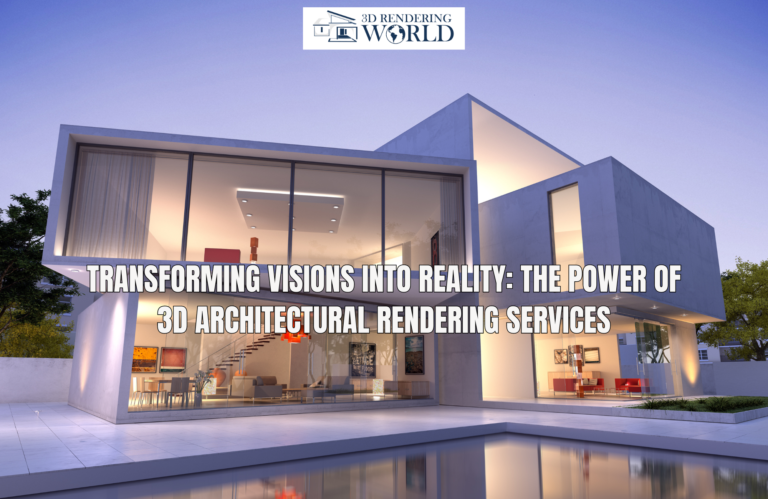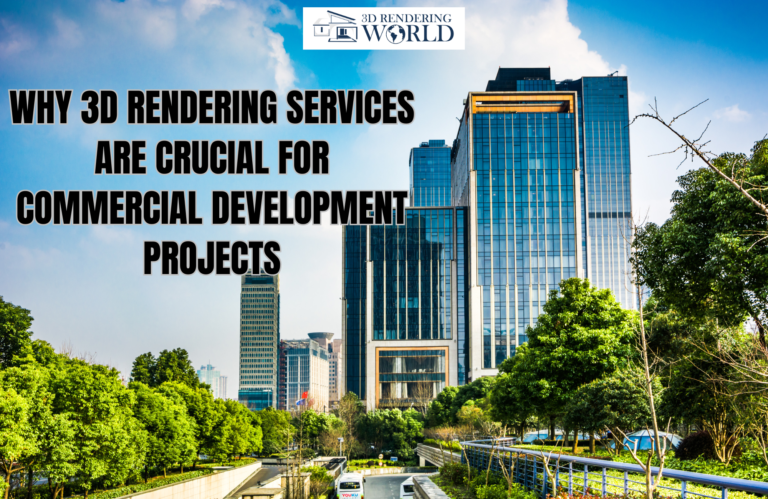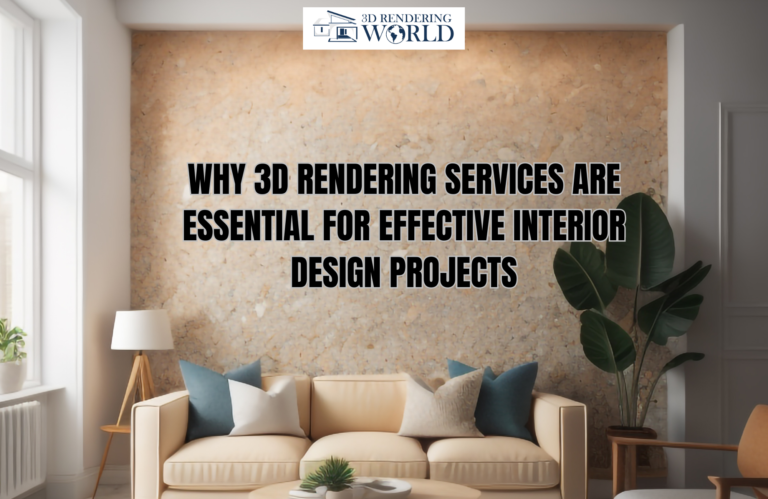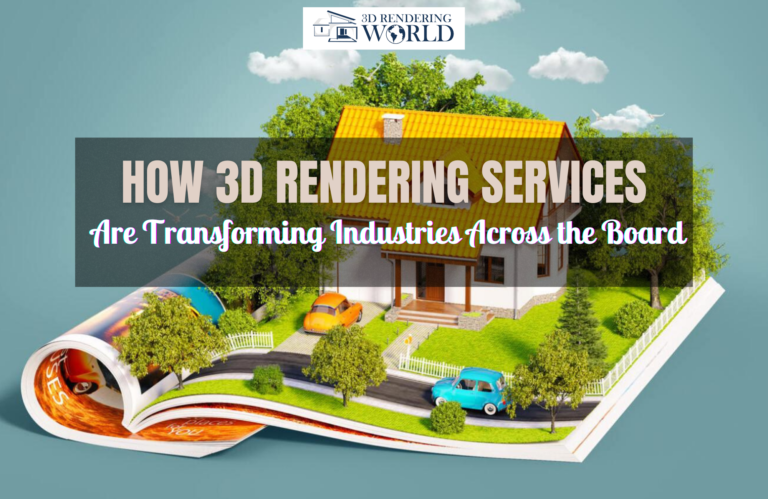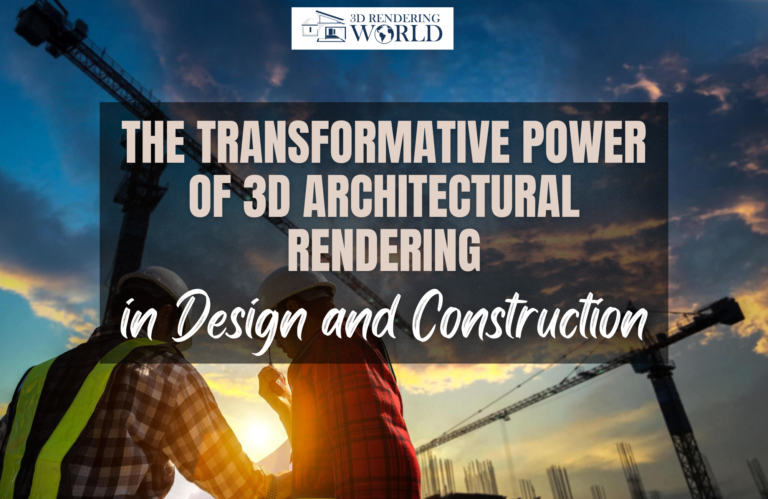Introduction
Modular construction has been growing in popularity in recent years as a faster, greener, and more efficient alternative to traditional building. Architectural CGI (computer-generated imagery) is now playing a vital role in visualizing and promoting the benefits of off-site manufactured modular buildings. CGI allows architects and builders to create photorealistic renderings and animations showing how modular components are fabricated off-site and then assembled on-site.
How Architectural CGI Helps Modular Construction

Architectural CGI helps showcase the modular construction process through all stages. Realistic CGI renderings display modular units being built inside factories under controlled settings. This demonstrates the higher precision and quality control possible with off-site fabrication. Architectural animations can then illustrate the module transportation process and on-site assembly of the units.
Seeing modular components come together provides visual evidence for the accelerated schedule possible. CGI also shows the finished building in its intended urban or landscape setting before ground is even broken. For clients, this generates excitement and confidence about the future completed project.
Benefits Highlighted Through CGI Renderings
Besides faster construction, CGI visualizations highlight other advantages of modular architecture like:
1. Sustainability
Modular fabrication in factories reduces material waste. CGI shows excess materials being efficiently recycled on-site. Sustainable features like solar panels, green roofs, and rainwater harvesting systems can also be integrated into module designs seamlessly.
2. Customization
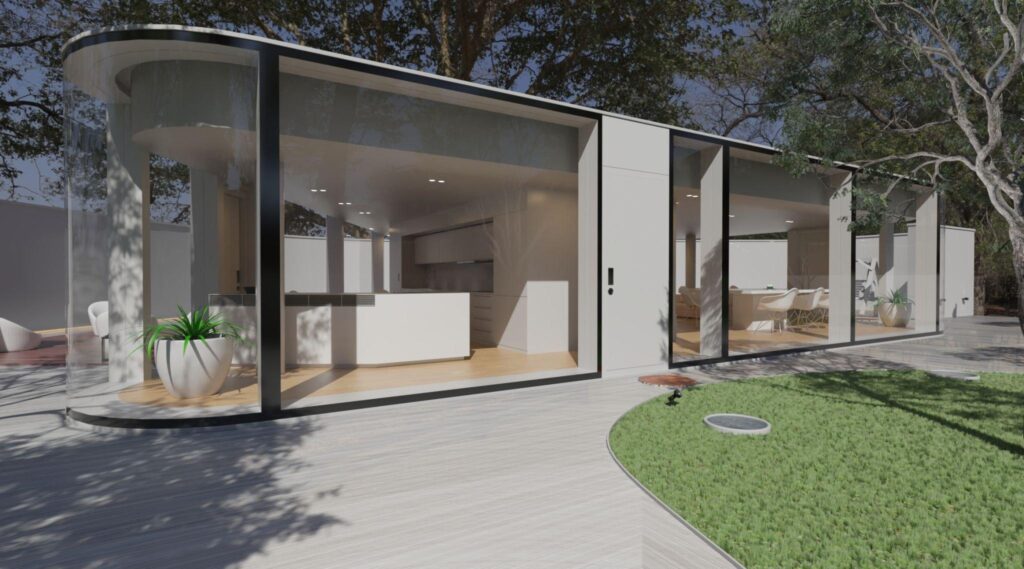
CGI renderings display modules being tailored to project needs with customized facades, layouts, and finishes. This counters the misconception that modular buildings must follow standardized “one-size-fits-all” designs.
3. Quality
With CGI, every detail of modular components can be brought to life visually from high-performing walls to pre-installed electrical and plumbing systems. CGI presentations illustrate precision construction impossible on noisy, weather-affected sites.
4. Safety
By moving much work off-site, CGI shows safer working conditions inside climate-controlled factories versus risky on-location building. Safer project sites also benefit the surrounding community during construction.
CGI in Marketing Modular Architecture
Architectural CGI is an invaluable marketing tool for modular construction. Through hyperrealistic imagery, CGI can sway skeptical clients and investors about off-site fabrication’s merits. For the general public, memorable CGI visuals help combat preconceived notions that modular buildings look “prefabricated” or industrial. Instead, CGI shows finished modular designs blending seamlessly into existing streetscapes and skylines.
3D renderers can make CGI renderings and walkthroughs publicly available online to promote upcoming modular projects. CGI allows virtual tours of modular buildings before groundbreaking. On websites and social media, 3D modular architecture visualized through CGI quickly grabs attention.
Bringing Modular Design Concepts to Life

One of CGI’s strengths is bringing conceptual building ideas to visual reality. Creative modular designs involving complex geometries or unusual materials can be fleshed out convincingly in CGI. Digital models help assess if innovative modular plans are feasible functionally before actual investment into full fabrication. CGI enables making rapid design iterations at the concept stage itself.
With some modular projects, CGI presents the only visualization possible. For example, “pop up” modular buildings using folding techniques may only exist digitally before site installation. CGI animations act as assembly guides for such unique modular structures.
The Future of CGI for Modular Construction
As modular architecture expands globally, the role of CGI will keep growing. Future applications could allow clients to customize module layouts and instantly see CGI visualizations of their personalized units. Virtual reality will provide immersive CGI experiences of unbuilt modular designs. Drone footage may be integrated with CGI to show modular projects within surrounding contexts.
From conception to completion, architectural CGI will continue visualizing the off-site fabrication and on-site assembly process of modular buildings. With its power to inform, inspire, and visualize sustainable construction, CGI will be instrumental in making modular architecture the future of the building industry.
Frequently Asked Questions
Architectural CGI is helpful for visualizing modular buildings because it can create photorealistic renderings and animations showing the off-site fabrication, transportation, and on-site assembly process. CGI highlights the benefits of modular construction in a visually compelling way.
CGI showcases advantages like sustainability, customization, quality control, and safety in factory fabrication. CGI renderings also counter the perception that modular buildings are low quality or one-size-fits-all.
CGI plays a big role in modular architecture marketing. Hyperrealistic CGI visualizations can sway clients and investors about off-site fabrication benefits. CGI also promotes upcoming modular projects when shared publicly online.
CGI can visually flesh out creative modular concepts involving complex geometries or unusual materials before actual fabrication. CGI enables rapid digital iterations to assess feasibility.
Some unique modular structures like pop-up folding buildings may only exist digitally in CGI before installation on site. CGI acts as an assembly guide for new modular construction techniques.
CGI could allow clients to personalize unit layouts and instantly see visualizations of their modular designs before fabrication. This shows CGI's ability to customize.
Future CGI applications may integrate VR for immersive modular visualizations and drone footage to situate CGI models in real surroundings. CGI will keep advancing to showcase modular benefits.
As modular construction grows globally, CGI will be key for concept development, marketing, client engagement, and construction visualization from start to finish.

